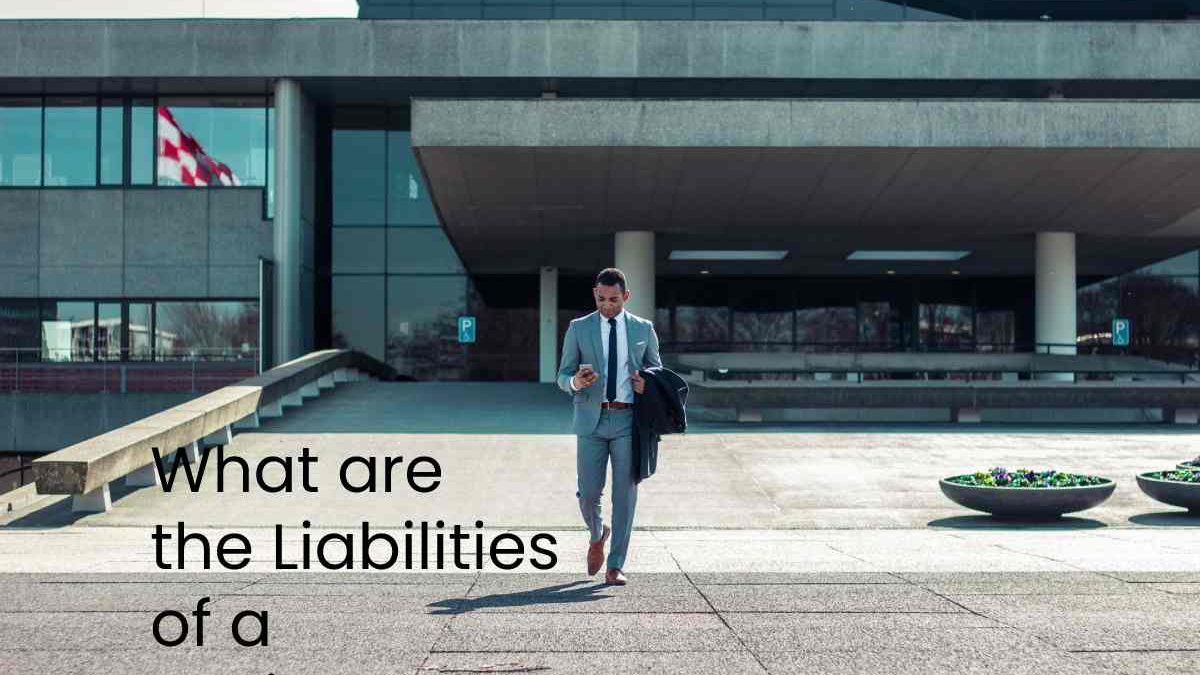Liabilities of a Business – Liabilities consist of shareholders ‘ equity. They are made up of the share capital (amounts invested at the time of the creation of the company by the partners), of the reserve (profits which have not to distributes) or even of the net result of the company (what the company won and lost during an exercise).
Table of Contents
Liabilities of a Business – What are Assets and Liabilities in a Balance Sheet?
The purchases of a commercial enterprise are made of two parts that allow its value to stay assessed: the assets and the liabilities. Definitions and structures are all about the assets and liabilities of the balance sheet. They must appear in the balance sheet and balance out.
Assets on the Balance Sheet – Definition
Assets are the property and rights owned by the business. These are the elements of the company’s assets with a positive economic value intend. to generate future resources.
Symmetrical to liabilities, they together form the company’s balance sheet.
What are the Assets of the Balance sheet Made up of?
The asset locate in the left part of the table fix and current assets. However, you can note that the assets will be more or less detailed depending on the company’s annual accounts (simplified, essential, developed).
Fixed Assets – Liabilities of a Business
These are the goods intend to be durable for the company. In accounting, you will refer to as “fixed assets”. These can be tangible (equipment, building, etc.), intangible (patents, software, etc.) or financial (loans, participation, etc.).
Note that tangible and intangible assets will lose value over time. That is why accounting depreciation will remain recorded on some of them.
Current Assets
Here are the elements that doom to last. Current assets consist of:
- Inventories and work in progress;
- Advances and instalments paid;
- Receivables;
- Marketable securities;
- Availability;
- Prepaid expenses.
Balance Sheet Liability – Definition
Liabilities of a Business – Liabilities correspond to items forming part of the company’s assets and negatively affect the entity. It includes all the company’s debts the company vis-à-vis a third party that allows it to finance the purchase and which will cause an outflow of resources.
Symmetrical to the assets, they together form the company’s balance sheet.
What is the Balance Sheet Liability Made up of? Liabilities of a Business
On the right side of the table, Liabilities are internal liabilities ( equity ) and external liabilities ( provisions for risks and charges and debts ).
Equity – Liabilities of a Business
These are the stable resources of the company which must appear on the balance sheet before the allocation of the result. And more equity consists of:
- Therefore capital contributions made by the partners;
- Capital-related premiums (issue, merger, etc.);
- Reservations (legal, statutory, etc.);
- Retained earnings ( creditor or debtor );
- Result for the closed financial year ( profit or loss );
- Investment grants ;
Regulated Provisions.
- Provisions for risks and charges
- These are probable debts. These are items whose due date or amount is not fix:
- Provisions for business-related risks: litigation, guarantees given, etc.
- Provisions for charges: restructuring, renewal, etc.
The Debts
- Financial debts ;
- Supplier debts ;
- As well as tax also social security debts ;
- However and the charges to stay paid.
Therefore you can choose to carry out your balance sheet. However, we strongly recommend that you call on the skills of an accountant. This professional will answer all your questions and guarantee that you will progress following the law.
What is the Difference Between a Company’s Assets and Liabilities?
However assets and liabilities constitute the two parts of a company’s assets. Therefore in the form of 2 columns, they must appear in their balance sheet and make it possible to assess its value by distributing the inflows and outflows of funds.
Assets include all property and rights owned by the company: buildings, goodwill, equipment, receivables, registered patents, for example.
It distinguishes fixed assets (goodwill, equipment in particular) and current assets (stocks, personnel, receivables, credit bank balance, for example).
Therefore assets have a positive economic value (resource input).
Liabilities consist of equity: Funds owned by the company and paid by the partners. They are made up of the share capital (amounts invested at the time of the creation of the company by the partners), the reserve (profits which have not to distribute) or even the net result of the company (what the company has won and lost during an exercise). (And more fixed liabilities) and debts (current liabilities).
Unlike assets, liabilities have a negative economic value (outflow of resources). Therefore in a regular balance sheet, assets must always equal liabilities.

